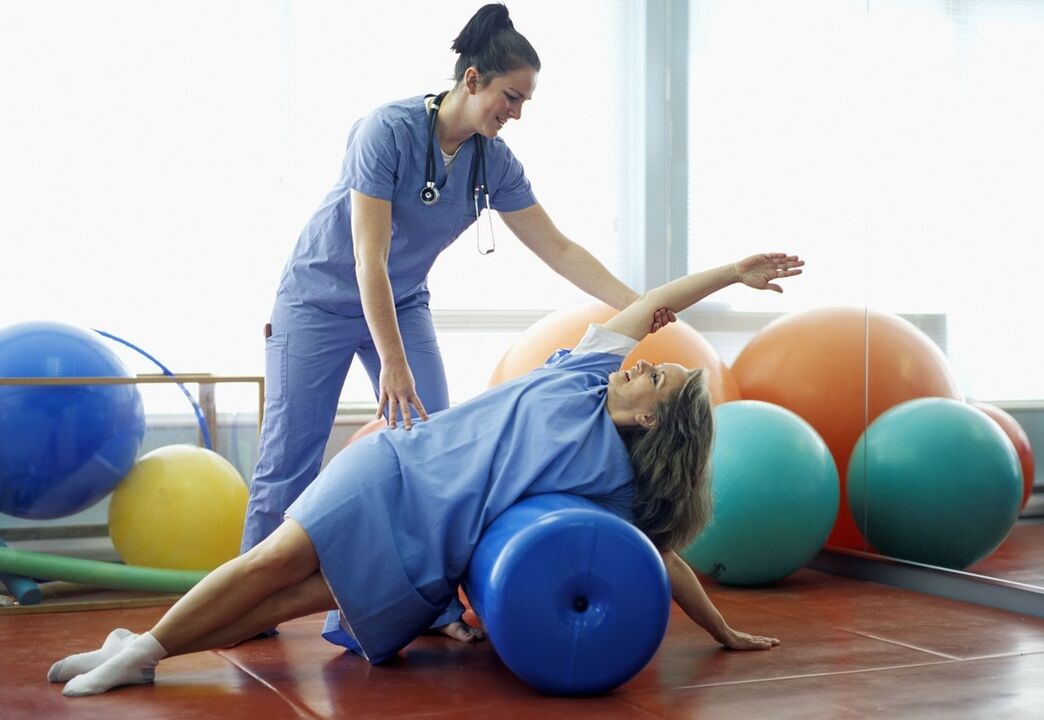
Arthropathy is painful changes and deformations of the joints. It occurs when the articular cartilage is irreparably damaged. Through conservative treatment or surgery, the symptoms of joint wear can be significantly reduced.
Disease overview
- The following joints are most commonly affected: knee joints, hip joints, shoulder joints, spine, fingers and toes, ankle joints;
- The most important signs: pain during exercise, pain at the beginning of training (at the beginning of physical activity), decreased mobility, joint deformation, deterioration period: swelling, redness, persistent pain;
- Diagnosis: physical examination, X-ray, computed tomography (CT) or magnetic resonance imaging (MRI);
- Treatment: exercise, hot or cold procedures, pain relievers, intra-articular injections (hyaluronic acid, chondroitin sulfate), post-joint replacement (surgery);
- Note: Many joint diseases do not require long-term treatment, but should be adequately treated and prevented from aggravating, and the pain syndrome should be stopped if necessary.
Osteoarthritis treatment methods
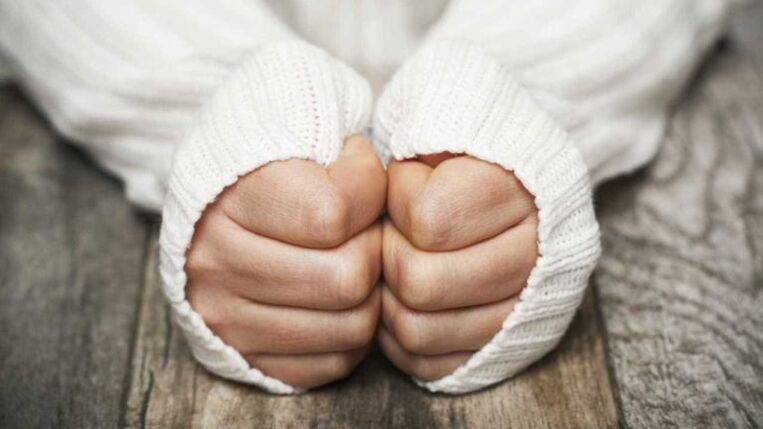
What is helpful for osteoarthritis or joint disease? For most patients, this is the main problem. Answer: There is currently no treatment for arthropathy that can repair damaged cartilage.
Osteoarthritis treatment can only relieve the symptoms of the condition. In addition, treatment should prevent prolonged wear and tear of the joints.
Because over time, this disease will also leave marks on the worn joints, causing damage to the joint capsule, bones and muscles.
Treatment of osteoarthritis includes conservative and surgical procedures. The attending physician will choose the most suitable method for each patient. In addition, it will also assess which joints are affected, the severity of general wear and tear, and the severity of symptoms.
Conservative treatment
Conservative osteoarthritis treatment aims to relieve pain, fight inflammation, and increase muscle strength and coordination. Physical therapy procedures play an important role. These procedures are performed during periods of deterioration and "quiet" of symptoms.
Physiotherapy treatment
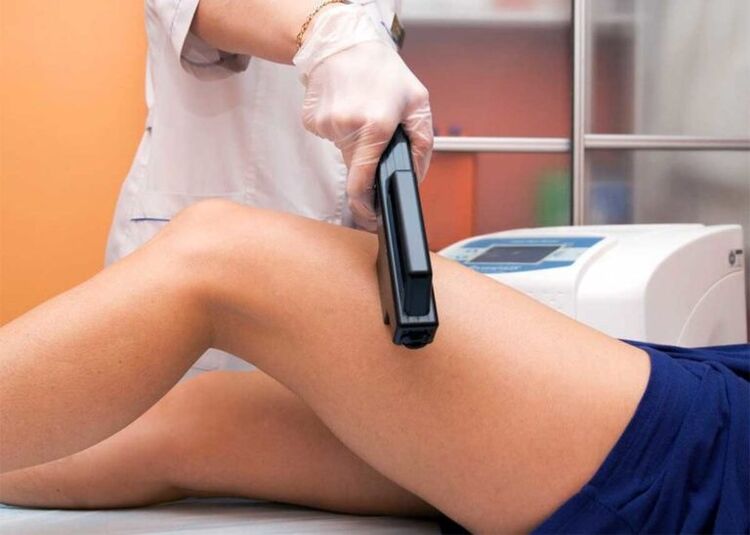
Various forms of physical therapy can relieve the symptoms of osteoarthritis. These include:
- physiotherapy;
- Manual therapy
- Hyperthermia (not in the acute phase);
- Cryotherapy (acute phase);
- Perform exercises that are beneficial to joints, such as Nordic walking, swimming, and cycling;
- Hydrotherapy and bathing;
- electrotherapy;
- Ultrasound therapy;
- Orthopedic appliances.
To treat chronic osteoarthritis pain, you can use heat generated by heat therapy, packs, baths, or infrared rays. On the other hand, severe swelling and discomfort can be relieved by cold therapy or compression.
Physical therapy can also help treat joint disease because it can strengthen muscles. Massage is also recommended: it can relieve tension and promote blood circulation.
Joint movement during exercise
Regular exercise can keep the joints flexible. Therefore, people with osteoarthritis should include exercise and exercise in their daily lives. Swimming is a good example. It can train joints without putting too much burden on them. For the same reason, it is recommended to walk and ride a bicycle on the plains.
Exercise can not only prevent, but also slow down osteoarthritis and relieve symptoms.
Exercises that are not suitable for osteoarthritis are sudden, significant joint pressure, strenuous exercise, or exercises with a high risk of injury. For example, these include tennis, skating, football, handball, karate, and boxing.
Joint fixation
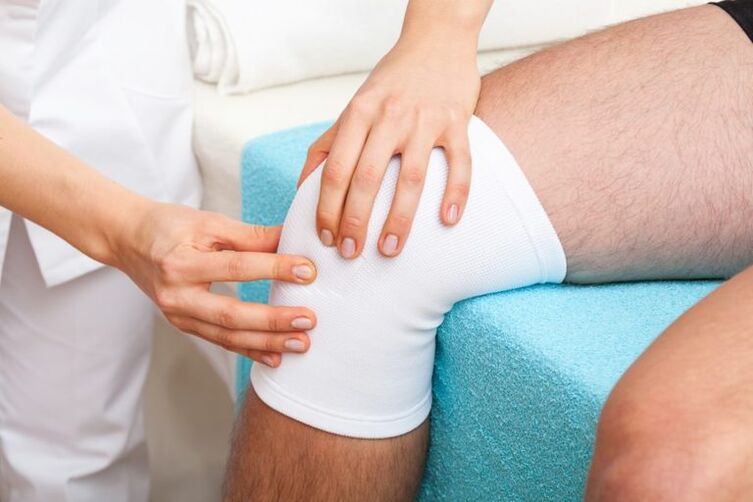
Bandages, elastic bandages, soft soles and crutches contribute to the function of the joints. Orthotics help in the same way. These are special support devices for joints. They prevent painful exercise. However, the orthosis is not very flexible and only needs to be worn for a short period of time to prevent the joints from hardening.
If the person is overweight, try to lose weight. Therefore, the joints will bear less pressure. Regular exercise and a healthy diet help to lose weight.
Medications to treat pain and inflammation
Painful joints with osteoarthritis can be wiped with pain relief ointments, creams or gels from pharmacies.
Local anesthetics are used to relieve pain: They are injected into the joints or around the affected area.
Osteoarthritis (or joint disease) is usually a non-inflammatory process. However, the inflammatory process often joins the tissues affected by osteoarthritis. Then they talked about the activation of osteoarthritis or arthritis.
For treatment, doctors usually prescribe non-steroidal anti-inflammatory drugs (NSAIDs). Sometimes glucocorticoids are injected into the joints to fight inflammation.
Some patients inject hyaluronic acid or chondroitin sulfate into their joints for osteoarthritis. These are the natural components of glycosaminoglycans and synovial fluid. By injecting hyaluronic acid directly into the affected joint, its mobility is restored.
Surgery
Surgery can correct problems in patients with osteoarthritis and stabilize the joints. It can also reduce pain and prevent inflammation. In some cases, damaged cartilage will be replaced during surgery. Patients with osteoarthritis are able to move better after surgery.
Combined lavage and treatment
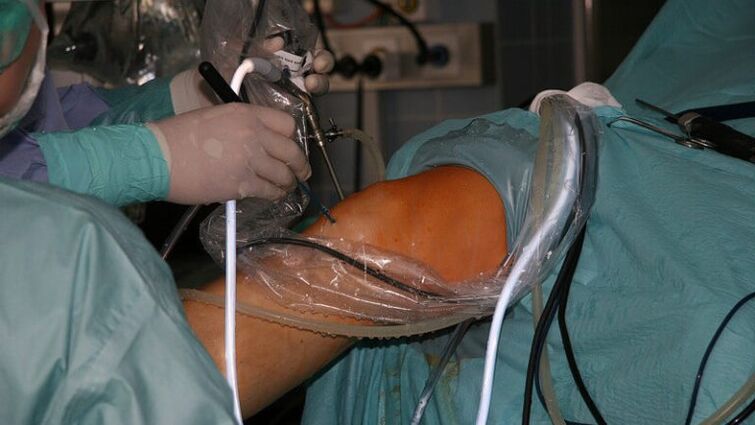
In osteoarthritis, the affected joints are sometimes washed with saline. For example, this is most common in the knee joint.
Flushing the bursa can remove damaged cartilage and tissue fibers, as well as other particles floating in the synovial fluid. In addition, the procedure should relieve any existing inflammation in the joints.
Restructuring means complex treatment of the joint capsule. Use instruments to remove the rough surface of articular cartilage. It can also remove areas or tissues that may hinder joint movement. Acute pain, at least temporarily, will disappear with treatment.
Joint treatment is performed as part of the arthroscopy. Surgical instruments are inserted into the joint through a very small incision.
Stimulate cartilage growth
During arthroscopy, a small amount of injection is given to the remaining surface of the cartilage for treatment purposes. This should stimulate chondrocytes to form replacement tissue. However, this new cartilage tissue has a different structure from the original cartilage and cannot fully meet the requirements of joints.
During the years of the disease, in some cases, cells can also be transplanted into damaged joints.
correct
Corrective osteotomy repositions the joint bone so that the load is more evenly distributed on the joint surface: part of the pressure is transferred from the osteoarthritis area to the healthy cartilage and bones. In most cases, this type of osteoarthritis treatment also includes improving the function of the joint capsule and ligaments to restore joint mobility.
Joint replacement

If any other treatment for osteoarthritis does not relieve the pain, joint replacement can be performed. This means that the damaged joint (or part of it) is replaced with an artificial joint. Basically, surgery is performed in the case of knee or hip joint arthropathy.
Complicated replacement is the last option
Strictly speaking, the worn joint tissue and joint surface are surgically removed and replaced with metal, plastic, and ceramic prostheses (allogeneic replacement surgery). There are prostheses that replace only the joint part, and there are prostheses that replace the entire joint. They are either fixed to the surface of the bone or fixed with screws. With this method of treating osteoarthritis, the position of the joints can be corrected if necessary.
After a period of time, each prosthesis will wear out. The time this happens depends on many factors: age, gender, clinical manifestations of arthropathy, infection, joint type and prosthesis type.
Light prostheses need to be replaced more frequently. The wear of the prosthesis can be detected in time through regular radiographs.
Arthrodesis
Arthrodesis can help control the pain of osteoarthritis. This is a strengthening of the affected joint: it is more stable, but also less flexible. Therefore, arthrodesis is usually performed only on joints that have low mobility and do not interfere with the patient's daily life. These include the joints of the fingers and toes, as well as the small joints of the wrist.
resection
In this form of osteoarthritis treatment, the damaged joint body is removed and reconstructed by surgery without a prosthesis. However, resection joint replacement is rarely used nowadays.
This option can be used for thumb joint disease (rhizome disease), especially when conservative treatment of osteoarthritis is unsuccessful. One of the affected metacarpal bones was removed and replaced with the body's own tendon tissue. The long thumb tendon or flexor tendon is often used. This method of treating rhizome disease is not considered a standard method.
Arthropathy of the big toe or arthropathy between the clavicle and humerus can also be arthrectomy.
Alternative therapies for osteoarthritis
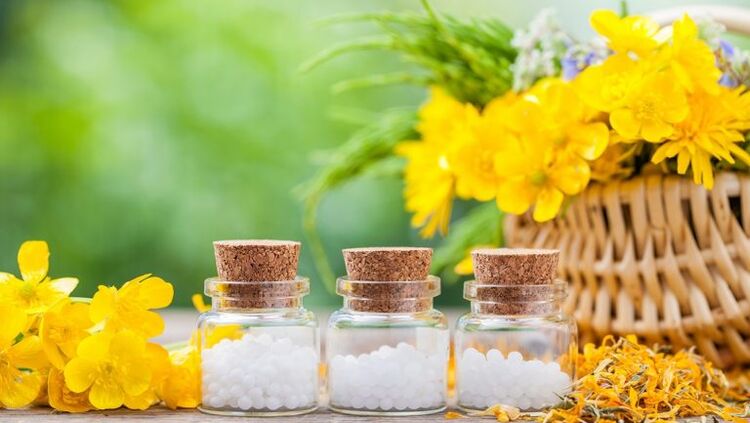
Apart from orthodox medical procedures, what can help osteoarthritis? This question is of interest to many patients. They hope to support treatment in a "natural" and simple way. Although many alternative methods have not been scientifically proven to be effective, they have a good relieving effect on osteoarthritis in some patients. Homeopathy, herbal medicine, magnetic therapy and acupuncture are widely used to relieve the symptoms of arthritis.
Salt and homeopathy
In many cases, patients with osteoarthritis rely on these two alternatives: salt and homeopathic granules to relieve symptoms of osteoarthritis. In addition, salt baths and compresses should also prevent osteoarthritis. Proponents say that both therapies have no side effects and are therefore suitable for self-administration.
Experts recommend combining minerals with ointments or cream gels. The homeopathy for osteoarthritis should be discussed with an experienced therapist.
Plant matter
For centuries, the treatment of osteoarthritis has also been based on medicinal plants. These plants include African devil's claws, nettles, comfrey, willows, dandelions, peppers, and rose hips. However, if you use herbs for a long time, the symptoms of joint disease will improve. Your doctor or pharmacist will advise you on the exact usage and dosage.
Magnetic field therapy
The arthropathy treatment of magnetic therapy aims to relieve pain, restore joints and improve the patient's quality of life. The magnetic field is generated by natural magnets or electric coils.
Medical research shows that magnetic therapy is particularly helpful for knee osteoarthritis. But patients with chronic diseases of multiple joints (polyarthritis) should also benefit. No side effects were observed with this alternative therapy for osteoarthritis.
X-ray treatment
The use of X-rays to treat joint disease is aimed at suppressing inflammation and improving blood circulation. Irradiation should be carried out on a regular basis, and only a very small radiation dose should be used.
For example, X-rays are used to treat root disease and Heberden osteoarthritis.
acupuncture
Acupuncture is used to stimulate certain points on the skin to normalize the disordered process in the body again. Usually, the treatment process requires several courses.
Acupuncture is not widely accepted for the treatment of osteoarthritis. However, some patients report that acupuncture can actually help relieve arthritis pain. Especially for the comprehensive wear and tear of the knee joint structure, acupuncture can alleviate chronic pain.
Osteoarthritis and nutrition
The link between arthritis and diet is often controversial: Does an unfavorable diet cause osteoarthritis? Should you change your osteoarthritis diet?
Generally speaking, it cannot be said that some foods cause osteoarthritis. However, the type of diet actually affects its course: what matters is how much we eat and how our meals are prepared.
Fewer calories
As the weight increases, the load on the joints also increases, so they wear out faster. Therefore, people who are overweight have a higher risk of osteoarthritis.
If osteoarthritis is already present, obesity can cause comprehensive wear and tear, especially on the knees.
Obesity has a great impact on joints. Excess weight is especially important when you are young.
Therefore, if patients tend to be overweight, calories should be calculated to adjust the nutrition of osteoarthritis. A healthy weight can reduce the burden on joints, reduce discomfort during disease, and slow the progress of changes.
Less animal fat

A proper osteoarthritis diet means reducing the intake of meat and other animal products. Reason: In damaged joints, osteoarthritis is more prone to inflammation. Several metabolites mediate these inflammatory reactions in the body and are made from arachidonic acid (an omega-6 fatty acid). These are mainly animal products.
Therefore, the diet for osteoarthritis should limit the use of arachidonic acid. On the contrary, you should be more likely to consume foods that contain more omega-3 fatty acids because they can suppress inflammation. For example, oily fish such as rapeseed oil and linseed oil, as well as herring, mackerel, and salmon contain Omega-3 fatty acids.
Therefore, the following guidelines apply to proper diet for arthritis:
- Reduce the consumption of meat and eggs;
- Fish in the diet twice a week (eg salmon, mackerel, herring);
- Use vegetable oils such as rapeseed oil, linseed oil, sunflower oil or olive oil;
- eat more fruits and vegetables;
- Whole grains and beans are the first choice;
- Drink at least 1. 5 liters of water or unsweetened tea every day;
- Calcium in low-fat dairy products strengthens bones
- Avoid caffeine, alcohol and nicotine.
Such a diet for joint disease cannot replace other treatments, but it can be cleverly supplemented. This means that although diet cannot cure osteoarthritis, it does have a positive effect on the patient's condition.
Continue to go!
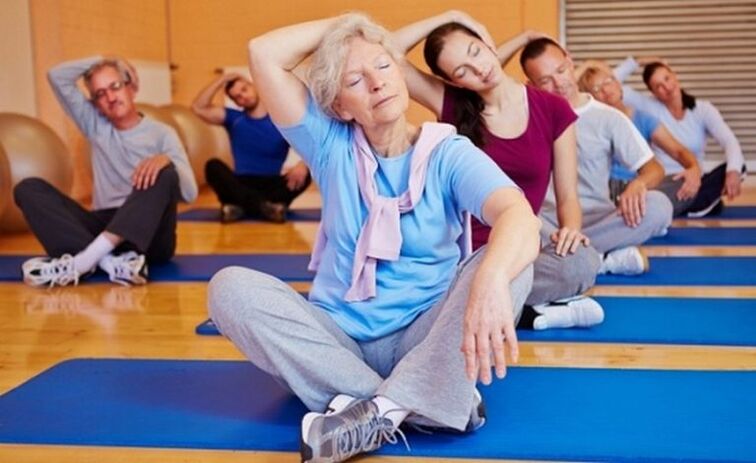
Although it may be painful, it is not a good idea to "not move" when treating osteoarthritis-it actually speeds up the destruction process.
Lubricant is formed only during joint work and joint surface movement, the so-called synovial fluid, which can reduce friction in the joint and provide nutrition to the cartilage.
Ideal sports with little joint pressure: swimming, cycling, Nordic walking and gymnastics.

























